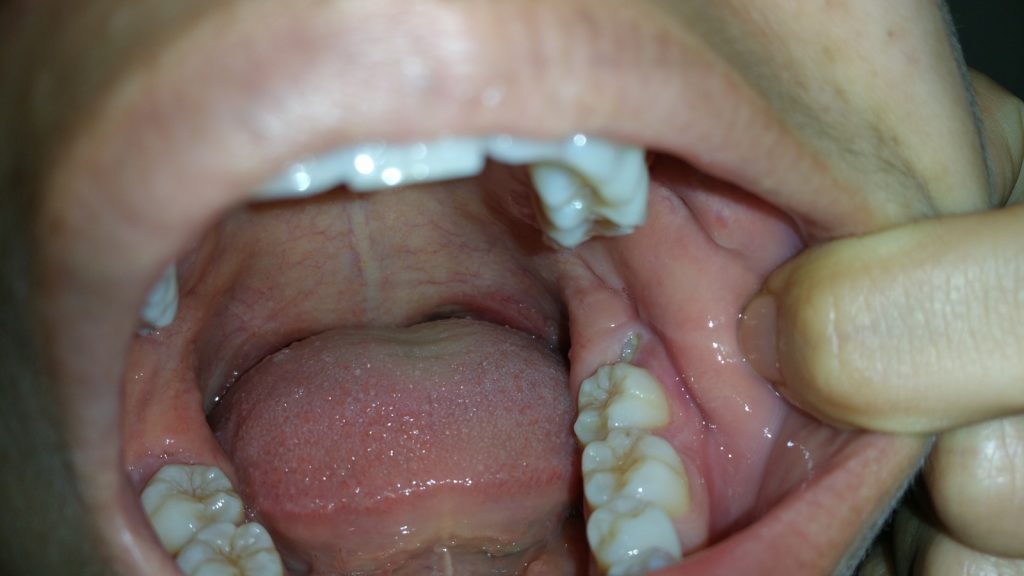The Elusive Arrival: Unveiling the Timeline of Wisdom Tooth Eruption
Wisdom teeth, also known as third molars, are the last permanent teeth to erupt, typically emerging in late teens or early adulthood. Their arrival can be a cause for curiosity, concern, and sometimes, discomfort. This comprehensive guide delves into the timeline of wisdom tooth eruption, explores factors affecting their emergence, and sheds light on potential complications and management strategies.
The Path to the Surface: Understanding Wisdom Tooth Eruption
Wisdom teeth develop within the jawbone behind your second molars. The eruption process, where the wisdom tooth breaks through the gum tissue and becomes visible in the mouth, can be unpredictable and vary significantly from person to person. Here’s a breakdown of the general timeline:
- Development: Wisdom teeth typically begin developing around 9-10 years old.
- Eruption: The eruption process can start anywhere between the ages of 17 and 25, with an average range of 18-21 years.
- Completion: The complete eruption of a wisdom tooth can take several months or even years, depending on factors like available space and angulation (position) of the tooth.
Important Note: Not everyone experiences wisdom tooth eruption. Some people have wisdom teeth that never erupt (impacted) due to lack of space in the jawbone or other anatomical factors.
The Great Variability: Factors Affecting Eruption Timeline
Several factors can influence the timeline of wisdom tooth eruption:
- Genetics: Family history plays a role – if your parents or siblings had late-erupting wisdom teeth, you might experience the same.
- Jaw Size: Individuals with smaller jaws might have less space for wisdom teeth to erupt normally.
- Angulation: Wisdom teeth can erupt at various angles – straight up, tilted forward, backward, or sideways. Angled wisdom teeth can have a more difficult eruption path, potentially leading to delayed or impacted eruption.
- Overall Health: General health and nutrition can influence the development and eruption of wisdom teeth.
When Waiting Becomes Worrying: Signs of Impacted Wisdom Teeth
While some wisdom teeth erupt without problems, others become impacted. Here are some signs that might indicate an impacted wisdom tooth:
- Pain: Pain in the jaw, especially around the wisdom tooth area, can be a sign of impaction.
- Swelling: Swelling of the gums around the wisdom tooth or even the cheek can occur.
- Difficulty Chewing: Pressure on surrounding teeth due to an impacted wisdom tooth can make chewing uncomfortable.
- Bad Breath (Halitosis): Impacted wisdom teeth can be difficult to clean properly, leading to food accumulation and bad breath.
- Gum Infection: Food particles trapped around an impacted wisdom tooth can increase the risk of gum infection.
Seeking Professional Guidance: When to See a Dentist
If you experience any signs or symptoms suggestive of impacted wisdom teeth, consulting a dentist is crucial. Here’s what to expect:
- Examination: Your dentist will examine your mouth and teeth to assess the position and condition of your wisdom teeth. X-rays or a panoramic X-ray might be taken to visualize the wisdom teeth and surrounding bone structures.
- Treatment: The recommended treatment depends on the severity of the impaction and potential complications. In some cases, monitoring might be sufficient. However, if the wisdom tooth is causing problems or poses a risk to other teeth, extraction is often the recommended course of action. Wisdom tooth extraction is typically performed by an oral surgeon in an outpatient setting.
Frequently Asked Questions (FAQ)
Q: Is it normal for wisdom teeth to hurt when they erupt?
A: Some discomfort during wisdom tooth eruption is not uncommon. However, if the pain is severe, persistent, or accompanied by swelling, fever, or difficulty opening your mouth, consult your dentist to rule out complications.
Q: Do I always need to have my wisdom teeth removed?
A: Not necessarily. If your wisdom teeth erupt completely, are properly aligned, and cause no problems, they might not require removal. However, impacted wisdom teeth or those causing issues like pain, infection, or damage to surrounding teeth typically require extraction.
Q: What can I expect after wisdom tooth removal?
A: Following wisdom tooth removal, you can expect some swelling, discomfort, and bleeding. Your dentist will provide specific instructions on post-operative care, including pain management, swelling reduction techniques, and dietary modifications.
Q: What are the risks of not removing impacted wisdom teeth?
A: Leaving impacted wisdom teeth in place can lead to various complications, including:
- Infection: Impacted wisdom teeth are more prone to infection due to difficulty cleaning the area.
- Cyst or Tumor Development: In rare cases, leaving impacted wisdom teeth in place for a prolonged period can increase the risk of cyst or tumor development in the jawbone.
- Damage to Nearby Teeth: Impacted wisdom teeth can put pressure on surrounding teeth, leading to misalignment, damage to the roots, or even resorption (bone loss) around those teeth.
- Gum Disease: Impacted wisdom teeth can contribute to gum disease if proper oral hygiene is challenging due to their position.
By understanding the wisdom tooth eruption timeline, the factors affecting it, and the potential complications of impaction, you can make informed decisions about your oral health. Regular dental checkups are crucial for monitoring wisdom tooth development and identifying any potential issues early on. Early intervention can help prevent complications and ensure a smooth eruption process or timely extraction when necessary.

